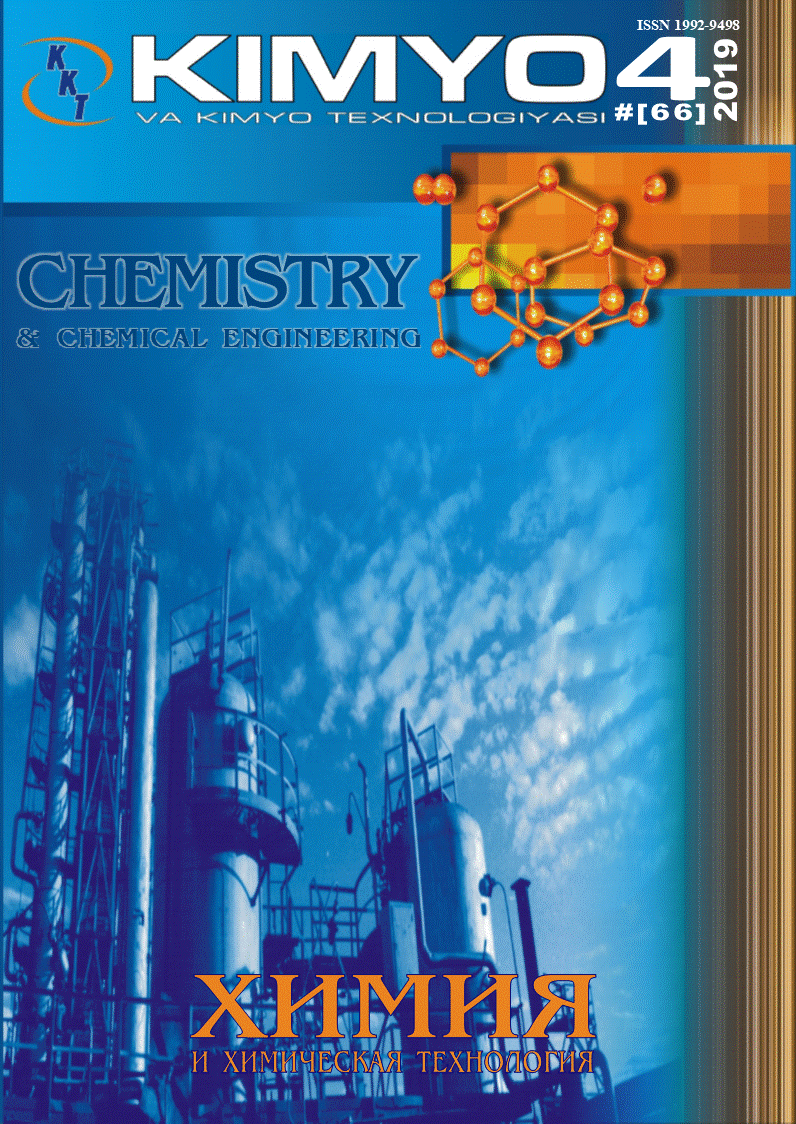
Abstract
Bismuth vanadate (BiVO4) and its hybrids have strong photocatalytic effect on water splitting and photodegradation of organic pollutants under visible light. The main goal is design of efficient electrocatalysts containing different metal ions and functional groups which are capable of catalysing the electrochemical reactions at low overpotentials especially for hydrogen and oxygen evolution reactions. The objects of the study are visible–light photocatalyst – BiVO4, novel cobalt and palladium substituted phthalocyanines ([poly(Co(II)TPpPc)] - phenolphthalein-embedded cobalt phthalocyanine polymer, PdTAHAPc - palladium amide bridge hippuric acid phthalocyanine). The adsorption of different phtalocyanines molecules was modeled by Monte Carlo method simulation. The BiVO4 (112) substrate were loaded with different substituted and unsubstituted phtalocyanines molecules, allowing to find the lowest energy adsorption sites.
Recommended Citation
HOJAMBERDIEV, Mirabbos; ROZIBAEVA, Madina; KOLDAROV, Albert; DAMINOVA, Shahlo; and KADIROVA, Zukhra
(2024)
"STRUCTURE-BASED MOLECULAR DESIGN OF THE METAL AND NON‑METAL PHTHALOCYANINES ADSORPTION ON BiVO4,"
CHEMISTRY AND CHEMICAL ENGINEERING: Vol. 2023:
No.
1, Article 8.
DOI: https://doi.org/10.70189/1992-9498.1581
Available at:
https://cce.researchcommons.org/journal/vol2023/iss1/8
